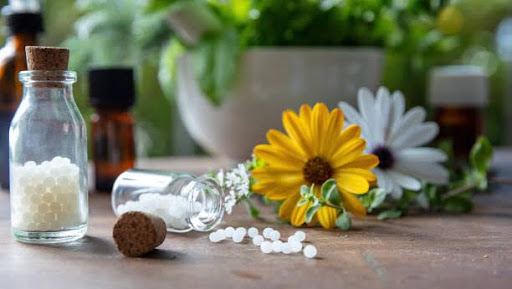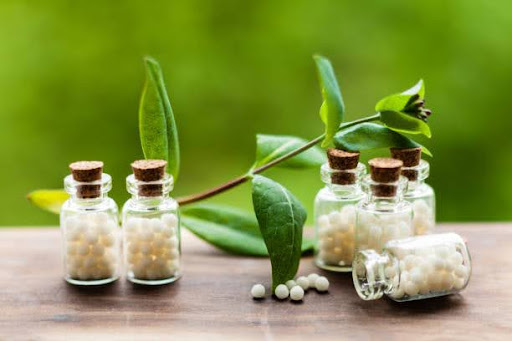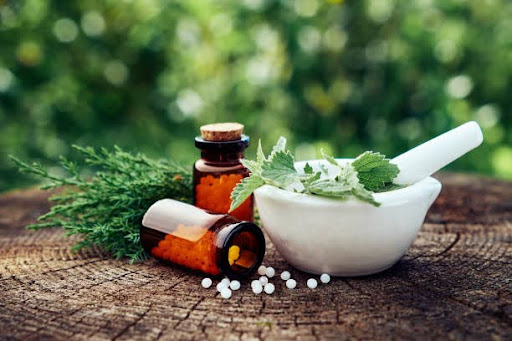How Homeopathic Remedies Are Made: Step-by-Step Guide
Introduction
Homeopathy uses natural remedies that are very diluted to boost the body’s ability to heal. Since the method of Homeopathic Remedies
is much different from that of regular medicine, a lot of people wonder about the manufacturing process. Laurels reminds people that these remedies are made with a lot of care and attention to detail.
How Homeopathic Remedies Were Originated

Samuel Hahnemann designed homeopathy in the late 18th century. He thought that a substance that creates symptoms in a healthy person could help a sick person with the same symptoms by giving it in a very small dose. By going through a dilution and potentization process, the manufacturing of homeopathic remedies represents this principle.
We start with the Raw Materials as the basis
Before anything else, homeopathic remedies are made by picking out the right raw materials. You can find vitamins in plant materials, minerals or items from animal sources. The decision is influenced by the medicine and the health problems it is meant for. Pure and effective results can be gained only if the raw material is found, recognized and hand-picked.
When the source is chosen, the next step is preparing it. This can mean drying and grinding the plants for herbal use. Ground minerals are called triturated minerals. These products are made according to ancient guidelines. The aim of this step is to get the material ready for the following process.
Dilution and Potentization Play a Major Role in the Process

It is the process of making their remedies from by diluting and vigorously shaking them that is special in homeopathic care. The procedure dilutes the substance by adding it to an alcohol or water solution. Nevertheless, homeopathy goes past just diluting water.
After every time you dilute, you shake the solution enthusiastically to complete the process called potentization. This is carried out to boost the effects of the remedy by using a small quantity of the original substance. When you shake the bottle, this process, also known as succussion, helps the substance’s energy be absorbed by the fluid.
Sometimes, dilutions happen so many times that no part of the initial substance can still be detected. Yet, homeopaths think the solution keeps its healing value. Doses are identified by numbers and letters such as 6X, 30C or 200C which mark the dilution and the stirring required.
Designing the Last Steps for Making the Medicine
The liquid is bottled as a tincture or used to soak small pills or sweets after it is diluted and potentized. In homeopathy, the usual form used is pellets. The liquid is taken in by the plants and dried so their strength is kept.
The containers are handled with attention to prevent any pollution or extreme effects from temperature. Homeopathic medicines which do not have many active ingredients, are generally considered safe and cause few side effects. It is important to maintain very high cleanliness and accuracy during the production of milk.
Making Sure Quality Is Maintained in Homeopathic Remedy Production

Creating high-quality homeopathic remedies is very important. Those who produce food follow specific rules for getting, preparing and holding ingredients. Various countries keep an eye on homeopathic medicines to check their quality and effectiveness.
To prove the identity and purity of raw materials, they are sometimes tested in laboratories. Every production step is logged to keep the results the same for each batch. Since the remedies only contain a little amount of the medicine, extra care is taken during manufacturing to win the trust of people using the products.
The Importance of Knowing How Homeopathic Remedies Are Produced
Learning the production process of homeopathic remedies can increase one’s trust in using them. The process uses both old wisdom and new tools for checking quality. It shows that homeopathy stands out from conventional medical treatments.
Once users know why homeopathy remedies are carefully diluted and potentized, they realize how they can be safely and effectively used. It helps clear up the idea that homeopathy is really just water. On the contrary, it works with accuracy and is shaped to aid the body in healing itself.
How Homeopathy Works in Today’s Medical Practices
In many areas across the globe, homeopathy is gaining more followers. A lot of people select homeopathic remedies for small illnesses, ongoing conditions and to add to their usual treatment. Their mild qualities are why many people like using them for natural health care.
The process of homeopathic preparations suits the idea that homeopathy opts for purity and energy transfer. Most patients like the idea that remedies treat their whole health, not just the minor problems.
Homeopathy uses both science and the arts in its remedies
Discovering the process of making homeopathic remedies shows the blend of both science and art. Right from gathering the natural ingredients to the exact process of diluting and shaking them, everything is meant to create safe, gentle and powerful remedies.
New users may find this insight interesting and would be encouraged to understand homeopathy more. It reveals that, although the drugs look easy to make, there are refined steps behind their manufacture that have been preserved for many years. This knowledge is a good introduction for anyone considering learning about homeopathy.








